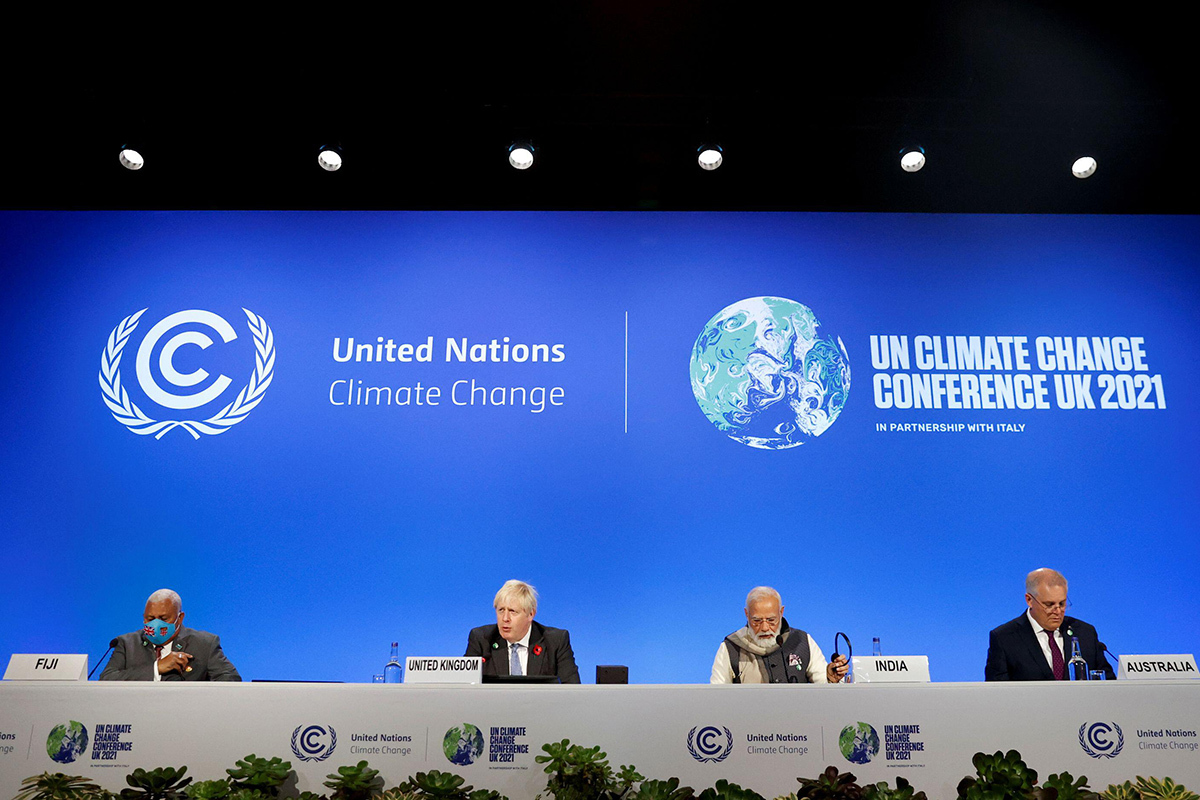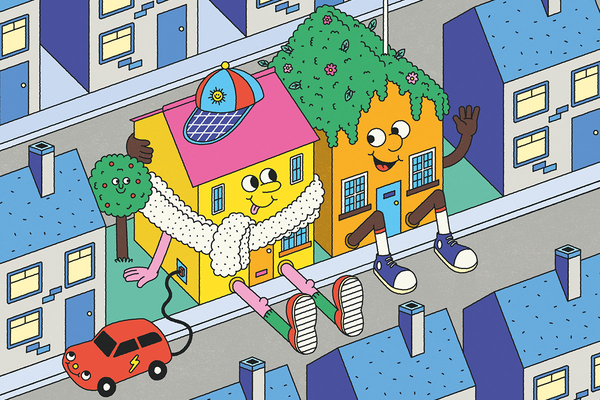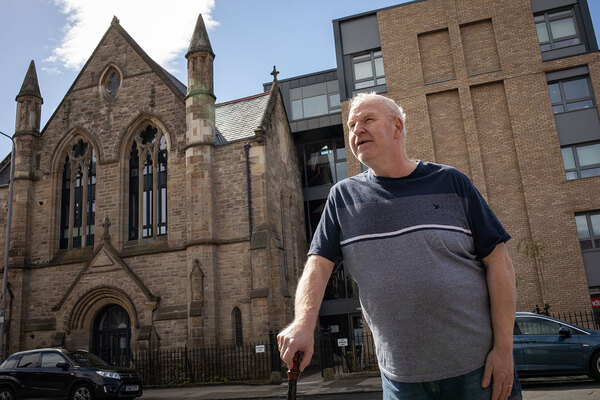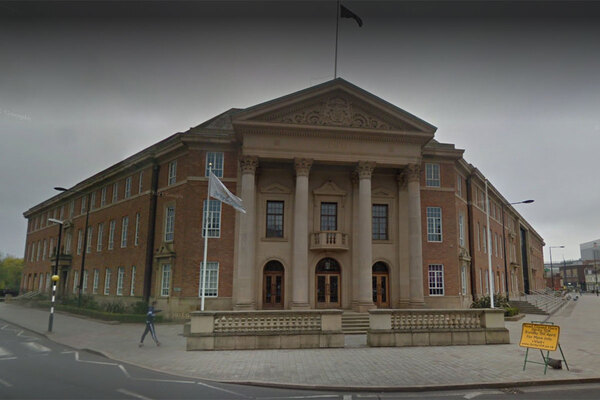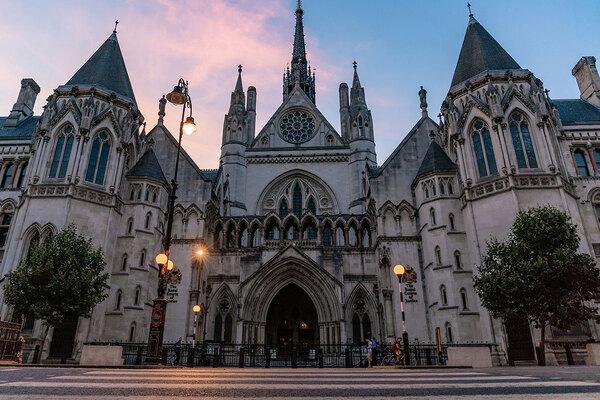
Duncan Smith is chief operating officer at AECB, and a board member at CIH Scotland
COP26, climate change and why housing matters
As international climate change negotiations take place in Glasgow, Duncan Smith considers what it means for housing
The eyes of the world are focused on Glasgow because the Conference of the Parties (COP26) is taking place.
Negotiations are going on between nation states and their governments over a range of measures that we’ll need to implement if we are to limit the effects of climate change and keep the temperature rise to under 2°.
But what is COP, why the hype, and just what is it supposed to deliver?
First, it’s an annual conference between all 193 nation states or ‘parties’ on the planet to determine progress and to set goals that will reduce CO2 emissions and mitigate climate change. In other words, it’s a decision-making body.
“COP26 is vitally important as it will review the consensus reached in Paris six years ago and seek to ramp up those commitments and develop a clear plan of action on how the targets will be met in the short, medium and long term”
The COP meets every year, the first was held in Berlin in 1995 and the 26th meeting is in Glasgow.
The most famous COP21 was held in Paris in 2015, where an agreement was reached to reduce emissions to keep global warming under 2°, or 1.5° preferably.
That goal of limiting global warming to under 2° is essential. The reason is that scientific forecasting shows that a higher rise in temperature would have catastrophic consequences for large parts of the world.
A 3° or 4° rise would make some regions of the world almost uninhabitable, creating food shortages and famine as well as extreme weather conditions, the type of which we’ve only just begun to see here in Europe and North America.
So for this reason, COP26 is vitally important as it will review the consensus reached in Paris six years ago and seek to ramp up those commitments and develop a clear plan of action on how the targets will be met in the short, medium and long term.
To put those commitments into some context, by doing nothing, the world would be on track to emit about 53 to 55 gigatonnes of CO2 by 2030. This would see a rise in temperature of about 3°, probably higher in the coming decades.
To limit that rise to 2°, we’ll have to bring the amount emitted down to 40 gigatonnes by 2030. For 1.5°, we’d need to bring it down to 24 gigatonnes, or about half of what we produce just now, not to mention the abatement measure required to offset the CO2 we’ll continue to emit.
“Part of the issue is that our buildings are some of the least energy efficient in Europe. About 36% were built were before 1944 and only 17% of our homes were made from 1990 onward”
It’s a massive challenge and can sometimes feel overwhelming or even impossible. I meet sceptics and those who are apathetic, at best, about climate change every other day.
But here’s the thing, our children and grandchildren will feel the effects of climate change much more than we will. My daughter will be in her mid-20s by 2040 and my son in his late 30s by 2050, by which time the world could be a very different place.
Reducing global warming, or at least limiting it, is not impossible. Instead, it’s essential to work that we, as the current custodians of the planet, have to do in order to hand it over to the next generation in a better state than we found it.
So why does housing and our homes matter when it comes to climate change? Well, the vast majority of us live in one and there are around 28.5 million in the UK. Some 80% of the homes that will be around in 2050 have already been built.
Here in the UK, part of the issue is that our buildings are some of the least energy efficient in Europe. About 36% were built were before 1944 and only 17% of our homes were made from 1990 onward.
The vast majority of the homes we live in – 83% – were built to very different standards and with different materials than we would use today or over the past three decades. The problem has been exacerbated by cheap energy costs, mainly through natural gas prices. Fossil fuels, such as gas, significantly contribute to climate change and our individual carbon footprint.
“We’d need billions of trees every year to capture the CO2 we release to heat our homes emit this, and every year in perpetuity if we don’t address the fundamental issue. There are only about three billion trees in the UK anyway, so, let’s be honest, carbon sequestration isn’t an option”
Because of our homes’ age and poor energy efficiency as well as how we heat them, about 79,000,000 tonnes of CO2 is emitted every year, year on year, in the UK—directly contributing to climate change. It’s about 18% of UK emissions and on a par with what our cars emit. (I’ve taken the average household CO2 (2,745) multiplied by the 29 million homes to come up with the figure of 79,000,000 tonnes directly from providing heat and hot water within our domestic homes.)
We’d need billions of trees every year to capture the CO2 we release to heat our homes emit this, and every year in perpetuity if we don’t address the fundamental issue. However, only about 3.3 million trees were planted in England and Wales in 2019 before the pandemic. And in total there are only about three billion trees in the UK anyway, so, let’s be honest, carbon sequestration isn’t an option.
But simply supplanting boilers with low-carbon heating, such as heat pumps, comes at both a financial and environmental impact. The cost of network upgrades and generating capacity and the potential to push more households into fuel poverty given the current disparity between gas and electricity prices. (Part of this can be addressed by government policy).
“Deep retrofit at scale could boost employment, stimulate our economy and create a dynamic and skilled construction workforce”
Instead, we need to tackle climate change within our homes by reducing the demand for heating. Then move to renewables and low-carbon heat networks to provide the remainder of the heat required for our homes. This approach allows renewables to work efficiently and doesn’t overburden them with unrealistic demands of poorly insulated homes.
Reducing the energy demand can only be done through a fabric first approach to retrofit. Ensuring that homes are well insulated, have less air leakage, at the same time adequately ventilated.
The benefits of retrofit focused on reducing the demand for energy within our buildings could be genuinely transformational. Deep retrofit at scale could boost employment, stimulate our economy and create a dynamic and skilled construction workforce.
By reducing the demand for energy within our homes, we reduce carbon emissions and mitigate the impact of climate change on our children’s generation. For that reason, housing matters.
Duncan Smith, member, Chartered Institute of Housing
Sign up for our daily newsletter
Already have an account? Click here to manage your newsletters
